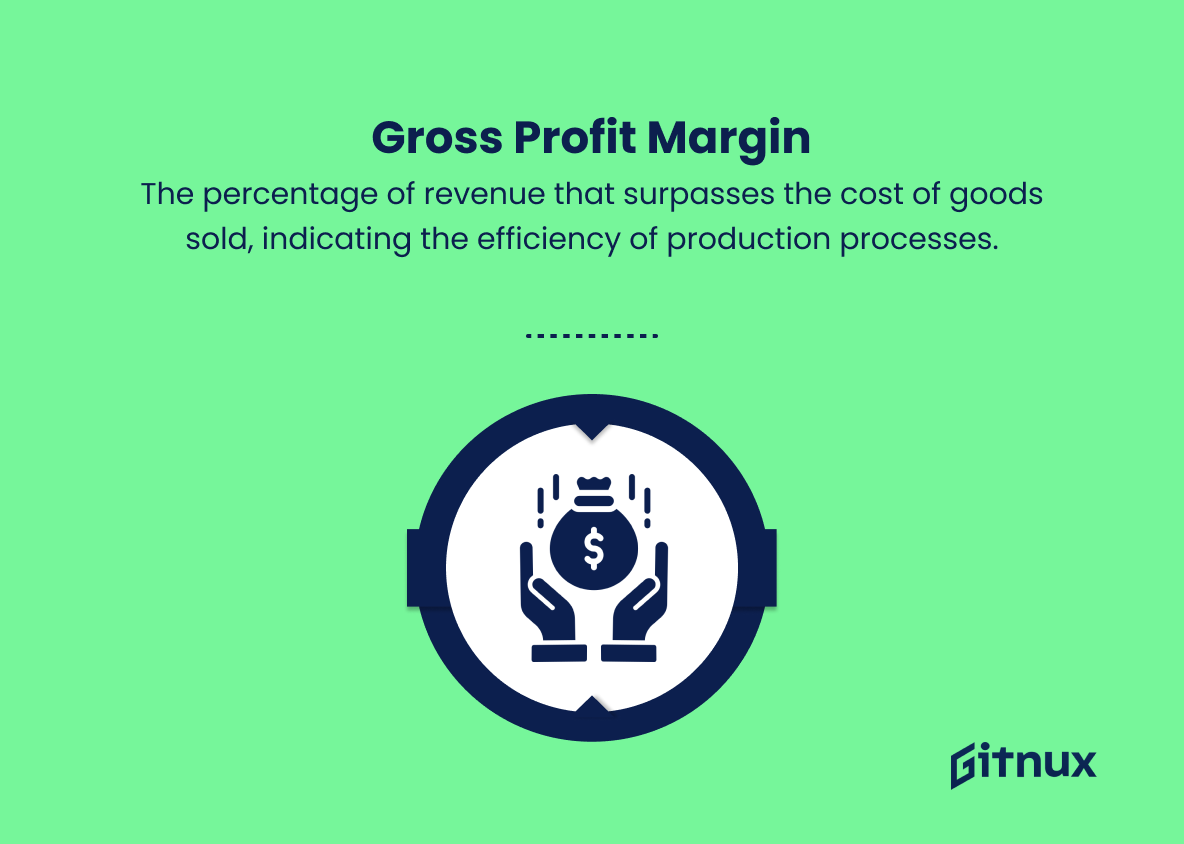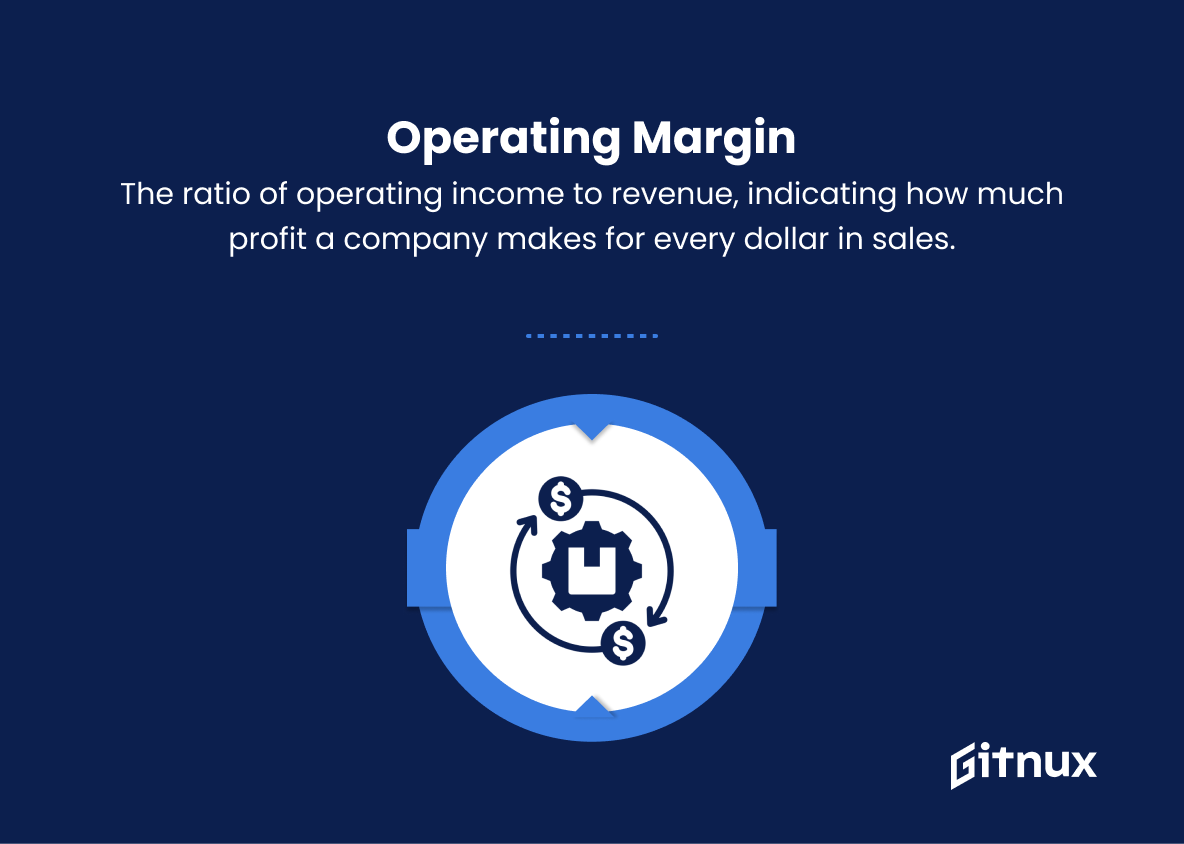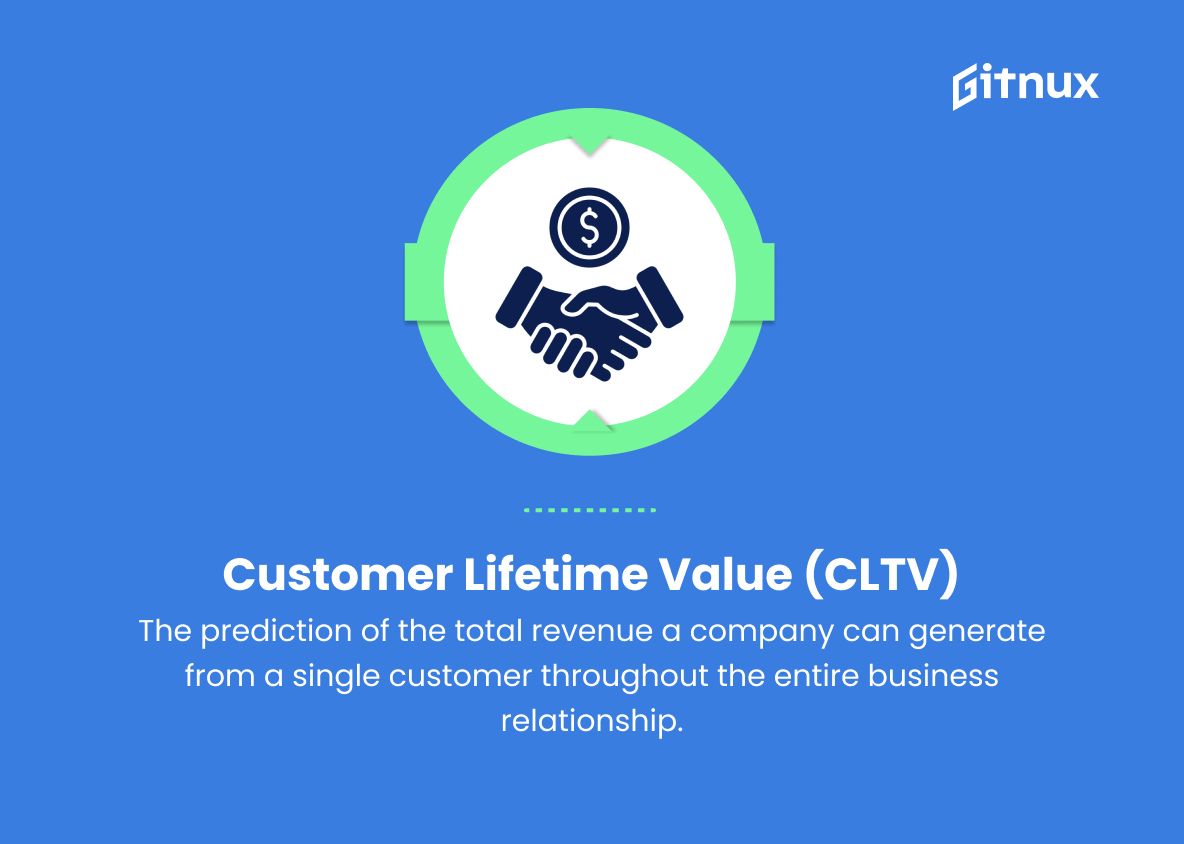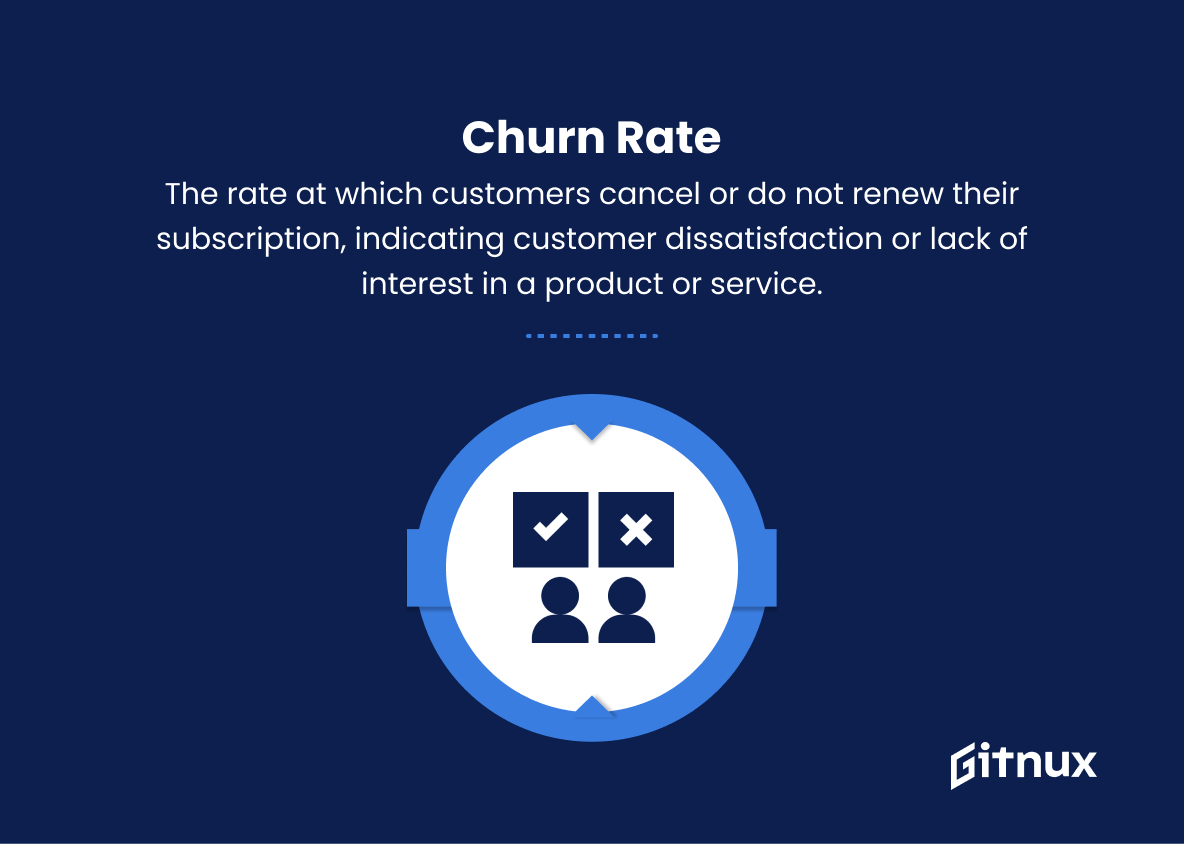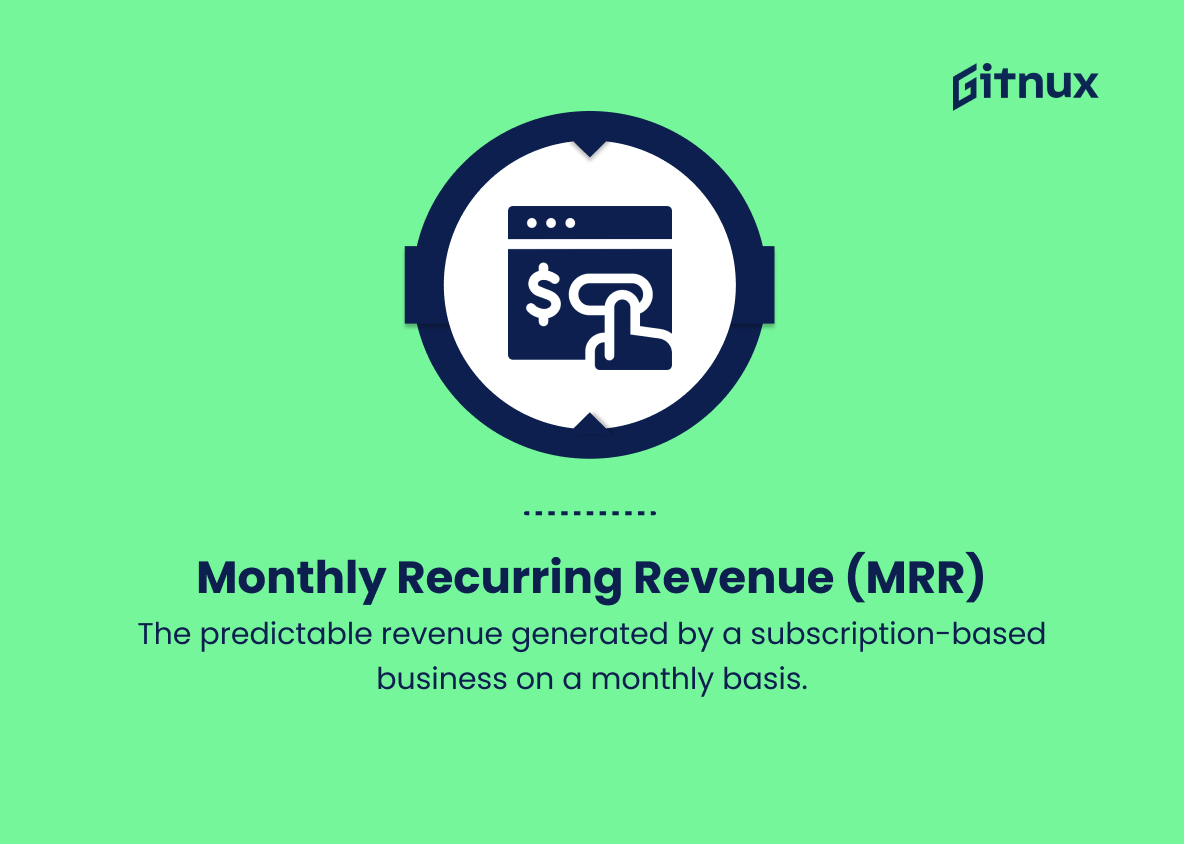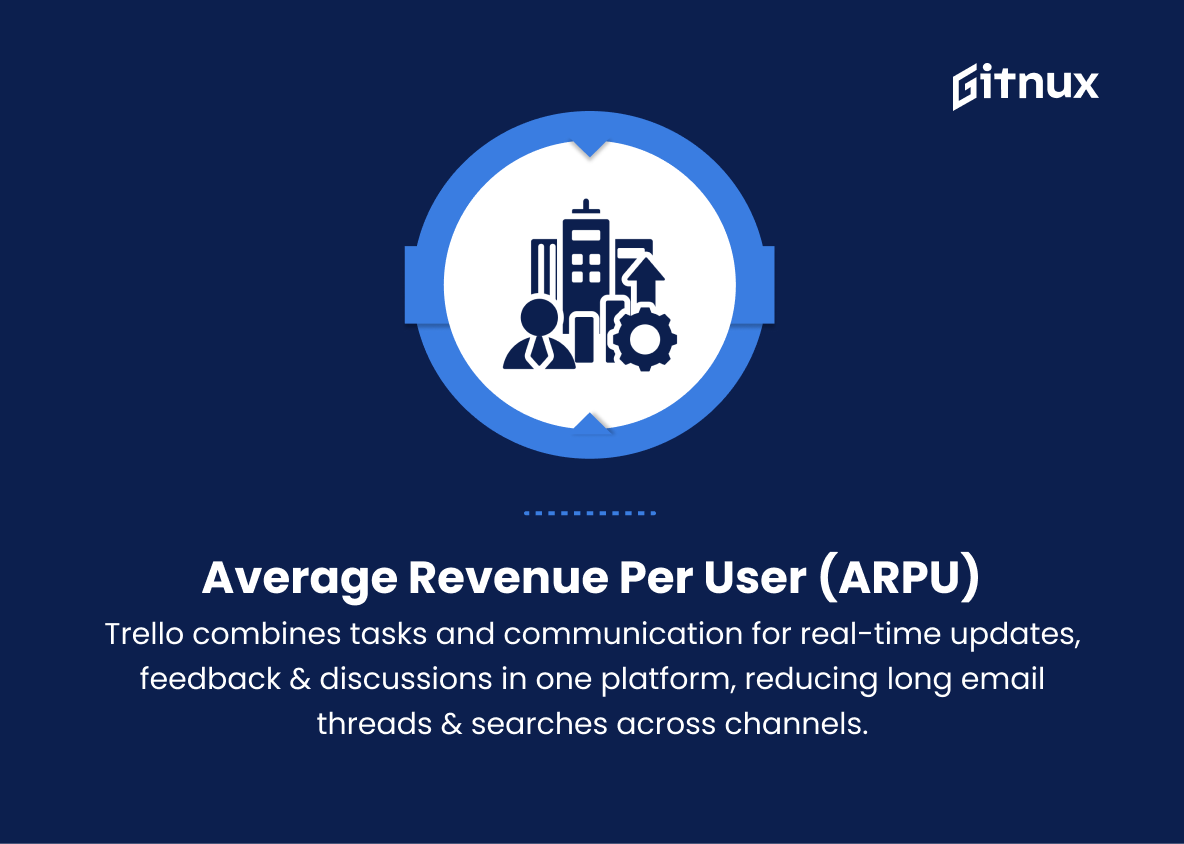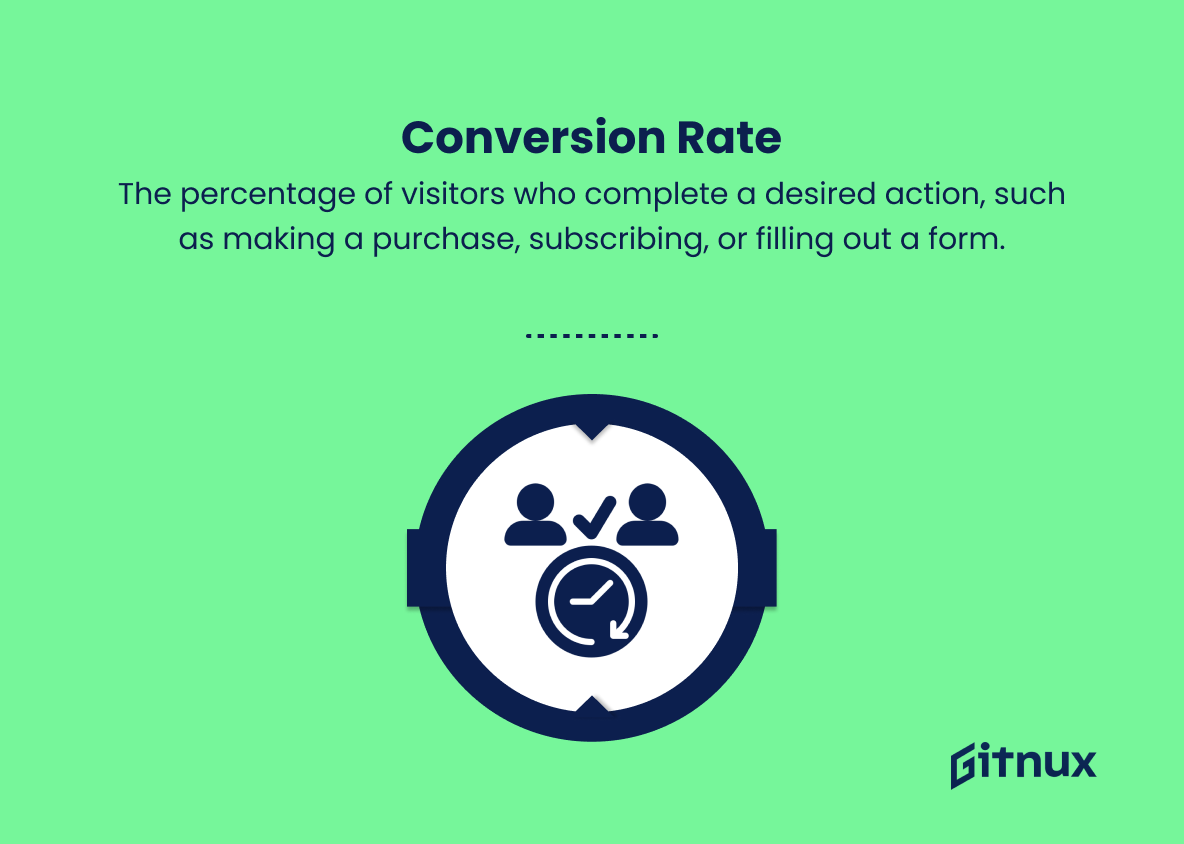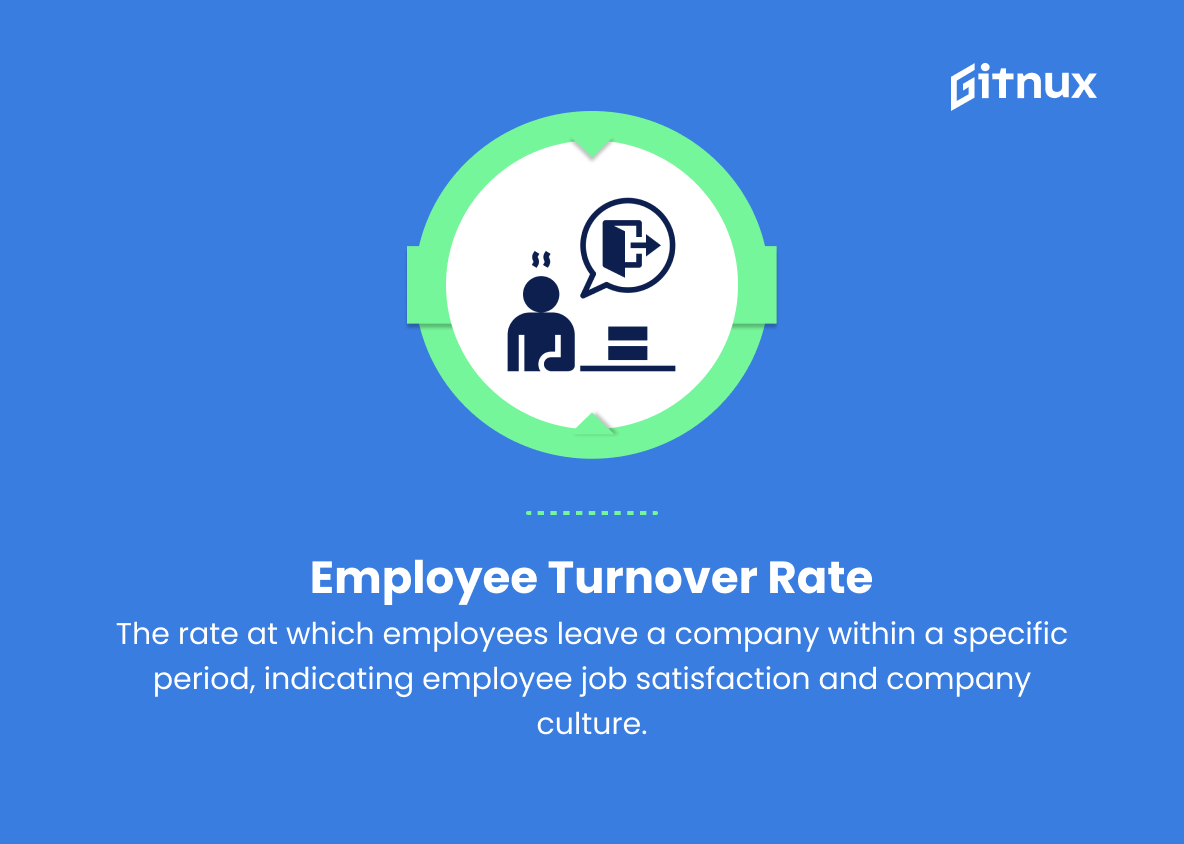In today’s fast-paced and competitive business landscape, staying on top of your organization’s performance is essential for sustained success. Key Business Metrics serve as the vital indicators, allowing decision-makers to measure progress, identify potential challenges, and make informed decisions for strategic growth.
In this insightful blog post, we will shed light on the importance of these metrics, explore some of the most crucial ones that every business should track, and provide valuable tips on leveraging this data for continuous improvement and long-term success. So, buckle up and get ready to delve deeper into the fascinating world of Key Business Metrics – your company’s secret to thriving and staying ahead in this ever-evolving market.
Key Business Metrics You Should Know
1. Revenue
The total amount of money generated by the sale of goods or services.
2. Gross Profit Margin
The percentage of revenue that surpasses the cost of goods sold, indicating the efficiency of production processes.
3. Net Profit Margin
The percentage of revenue remaining after accounting for all expenses, taxes, and costs, representing the profitability of a company.
4. Operating Margin
The ratio of operating income to revenue, indicating how much profit a company makes for every dollar in sales.
5. Return on Investment (ROI)
The measure of profitability, comparing the net profit to the invested resources to determine company efficiency.
6. Return on Equity (ROE)
The measure of a company’s profitability expressed as a percentage of shareholders’ equity, indicating the return on investment for shareholders.
7. Return on Assets (ROA)
The ratio of a company’s annual income to its total assets, measuring how efficiently the company is using its assets to generate profit.
8. Customer Acquisition Cost (CAC)
The average cost of acquiring a new customer, including marketing, sales, and other related expenses.
9. Customer Lifetime Value (CLTV)
The prediction of the total revenue a company can generate from a single customer throughout the entire business relationship.
10. Churn Rate
The rate at which customers cancel or do not renew their subscription, indicating customer dissatisfaction or lack of interest in a product or service.
11. Monthly Recurring Revenue (MRR)
The predictable revenue generated by a subscription-based business on a monthly basis.
12. Annual Recurring Revenue (ARR)
The predictable revenue generated by a subscription-based business on an annual basis.
13. Average Revenue Per User (ARPU)
The average revenue generated per customer/user, helping to measure a company’s growth and success over time.
14. Conversion Rate
The percentage of visitors who complete a desired action, such as making a purchase, subscribing, or filling out a form.
15. Employee Turnover Rate
The rate at which employees leave a company within a specific period, indicating employee job satisfaction and company culture.
16. Net Promoter Score (NPS)
A customer satisfaction metric measuring the likelihood of a customer referring a product or service to others.
17. Inventory Turnover
The number of times a company sells and replaces its inventory within a certain period, showing how efficiently the company is managing its stock.
18. Days Sales Outstanding (DSO)
The average number of days it takes a company to collect payment from its customers after a sale has been made, showing the efficiency of the company’s credit and collection procedures.
19. Current Ratio
A liquidity ratio measuring a company’s ability to pay its short-term liabilities using its short-term assets, showing a company’s financial health.
20. Debt-to-Equity Ratio
The ratio of a company’s total debt to its shareholders’ equity, indicating a company’s financial leverage and risk profile.
These key business metrics can provide valuable insights into the financial health, operational efficiency, and overall performance of a company, helping businesses make informed decisions and improve progress towards their strategic goals.
Key Business Metrics Explained
Key business metrics play a crucial role in understanding the financial health, operational efficiency, and overall performance of a company. They provide insights into various aspects, such as revenue generation, production efficiency, profitability, investment returns, customer relationships, and employee satisfaction. These metrics also help gauge the effectiveness of marketing campaigns, inventory management, debt management, and the company’s financial stability.
By closely monitoring these vital metrics, businesses can make informed decisions that contribute to the achievement of their strategic objectives, ensuring long-term growth and success. In the competitive world of business, staying vigilant and making data-driven decisions backed by key business metrics is a necessary practice for success and continuous improvement.
Conclusion
In conclusion, key business metrics are indispensable tools for organizations to accurately assess their performance, identify areas of improvement, and drive informed decision making. Implementing and monitoring a carefully selected set of metrics will enable businesses to achieve their objectives, boost growth, and stay competitive in the ever-evolving market landscape. It is essential for business stakeholders to continually evaluate the effectiveness of these metrics and adapt them as needed to ensure their company’s continued success. Remember, utilizing key business metrics strategically is not just about data collection; it’s about harnessing the power of knowledge and insights to propel your business forward.

